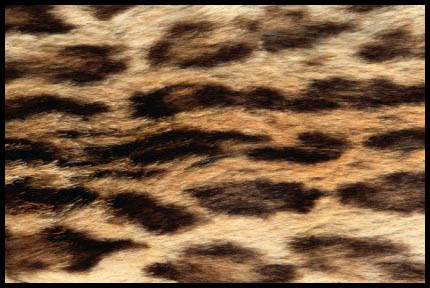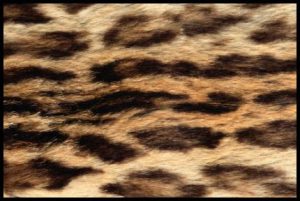The margay is often confused with its near relatives, the Ocelot and the Oncilla. Their coats are very similar. Found in South America, the margay has been called the “tree ocelot” or “long tailed cat”.
The fur is soft and plush, brownish yellow to tan with black blotches, spots and stripes in longitudinal rows. Weight is 9-20 pounds and it is 34-52 inches in length. The center of each spot or rosette is slightly paler but darker than the ground color of the fur. The belly, chest, throat, chin and insides of the legs are snowy white.
On the margay, as on the ocelot, the fur turns forward in the nape region and the hairs on the neck are directed towards the crown. There are two dark cheek stripes on each side of the face. Their tails, as in many arboreal mammals, are very long, as much as 70% of the body length and marked with broad rings and a black tip. The backs of the large, rounded ears are black with a white central spot.
A mainly tree dwelling animal, margays are restricted to forest habitat. They have been found in humid tropical evergreen and deciduous forests, mountain and cloud forests, wet, swampy savannas and occasionally coffee and cocoa plantations with large trees.
Mexico is the northernmost limit of their distribution, ranging down through Central and South America to northern Argentina. A field study carried out in Belize found daytime resting areas were in trees seven to ten meters above the ground and the home range of the male was about 11 square km. A Brazilian radio telemetry 18-month study found home ranges to be 16 square km. Much of their range is shared with the Ocelot, which take larger and more ground dwelling prey species.
Until trade restrictions in the late 1980’s, the margay was one of the four most heavily exploited cats for the fur trade.
Written by Pauline Cameron & Katie Kemsley
* Due to growing concerns over wildlife conservation and ethical practices, the commercial trade of Margay fur has become illegal under the Convention on International Trade in Endangered Species (CITES).
The majority of wild cats across the globe, including tigers and spotted species such as jaguars, leopards, ocelots, margays, and leopard cats, are protected. Importing skins or products made from or adorned with their fur is strictly prohibited.
We prohibit our members from engaging in the illegal trade of any endangered species.

